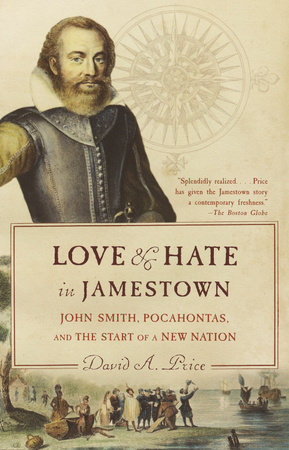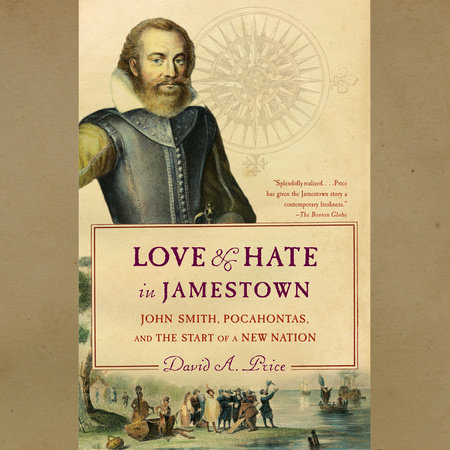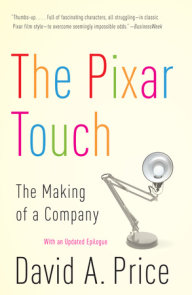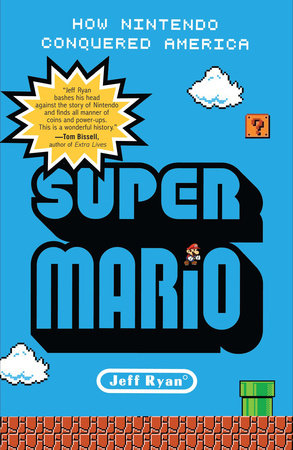

Love and Hate in Jamestown
By David A. Price
By David A. Price
By David A. Price
By David A. Price
By David A. Price
Read by Josh Innerst
By David A. Price
Read by Josh Innerst

-
$17.95
Jan 04, 2005 | ISBN 9781400031726
-
Dec 18, 2007 | ISBN 9780307426703
-
Dec 15, 2020 | ISBN 9780593339473
653 Minutes
Buy the Audiobook Download:
YOU MAY ALSO LIKE
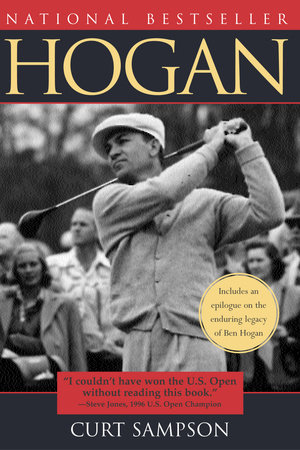
Hogan
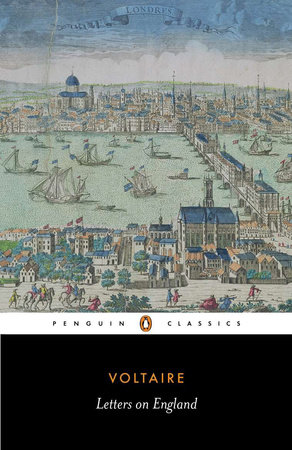
Letters on England
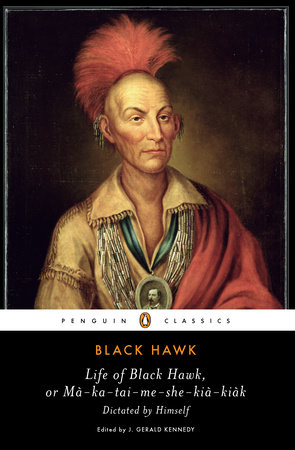
Life of Black Hawk, or Ma-ka-tai-me-she-kia-kiak
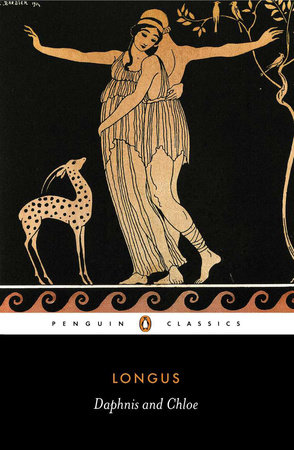
Daphnis and Chloe
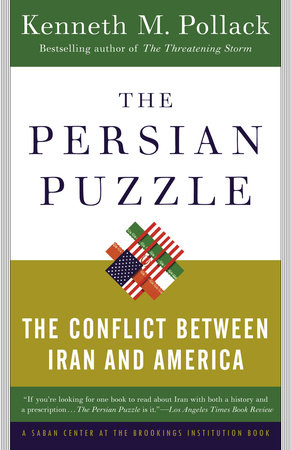
The Persian Puzzle
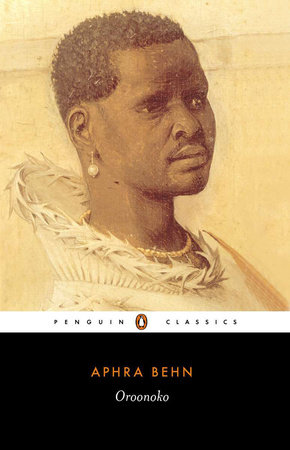
Oroonoko
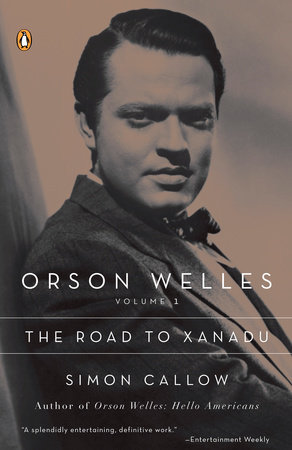
Orson Welles, Volume 1: The Road to Xanadu
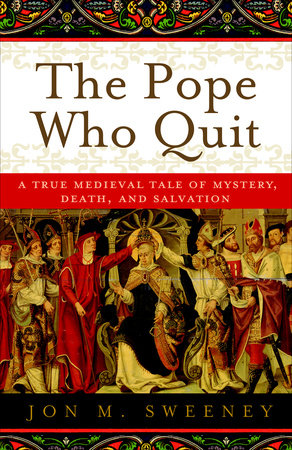
The Pope Who Quit
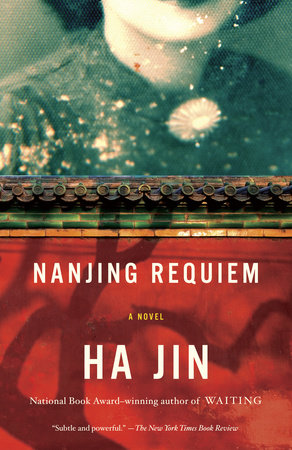
Nanjing Requiem
Praise
“Splendidly realized. . . . Price has given the Jamestown story a contemporary freshness.”–The Boston Globe
“Solid and engaging. . . . Price focuses on the human story of Jamestown, nearly mythic in its resonances.” –The New York Times
“Price clears away the misconceptions and sugar-coated half truths to reveal the true story of the Virginia Colony. . . . Full of drama, tragedy, and heartbreak.” —Richmond Times-Dispatch
“Price’s well-researched book skillfully weaves together period letters and historical documents into a narrative and is an engaging and detailed account of the many lives that clashed during the founding of Virginia.” —US News & World Report
“A scrupulously researched retelling. . . . One cannot help but be impressed by the depth and breadth of Price’s knowledge.” —The Philadelphia Inquirer
“Not only intellectually palatable, but also a juicy feast of compelling storytelling. . . . Love and Hate in Jamestown deserves an honored spot in any history buff’s library.” –Dallas-Fort Worth Star-Telegram
“Greed, arrogance, intrigue, valor, stupidity, suspense, and cataclysmic tragedy . . . Price interweaves all these elements with a graceful, reportorial style that never forgets the humanity of the individuals involved.” –Orlando Sentinel
“The most historically correct and stylistically elegant rendering of John Smith and Pocahontas that I have ever read.” –Joseph J. Ellis, author of Founding Brothers
“The story David Price tells so lucidly is far more compelling than the popular tale. . . . A splendid book.” –The Christian Science Monitor
“John Smith . . . is scrupulously brought to life. . . . Price has re-created a figure to whom this nation owes a debt.” —Dallas Morning News
“The Jamestown story is splendidly realized. . . . Firmly grounded in original sources, particularly Smith’s own vivid records, and in later scholarship.” –Detroit Free Press
“A superb narrative of the founding of the first colony.” –The New York Sun
“[Price] has perused literally all existing record, letters, articles, manuscripts, shipping accounts, slavery files, and other accounts to bring us the real story of the complex first years of the colony. . . . A valuable study.” –The Decatur Daily
“In Price’s research, both Smith and Pocahontas emerge as full, compelling characters.” –Washington City Paper
“[An] admirable new history. . . . A fine book, one that personifies the virtues I esteem in a work of popular history: clarity, intelligence, grace, novelty, and brevity.” –David L. Beck, San Jose Mercury News
“[An] impeccably researched and very able retelling . . . The intersection of the Jamestown story with the careers of Smith and Pocahontas makes a fascinating narrative, and Price has done it full justice.” –The Independent (London)
21 Books You’ve Been Meaning to Read
Just for joining you’ll get personalized recommendations on your dashboard daily and features only for members.
Find Out More Join Now Sign In








